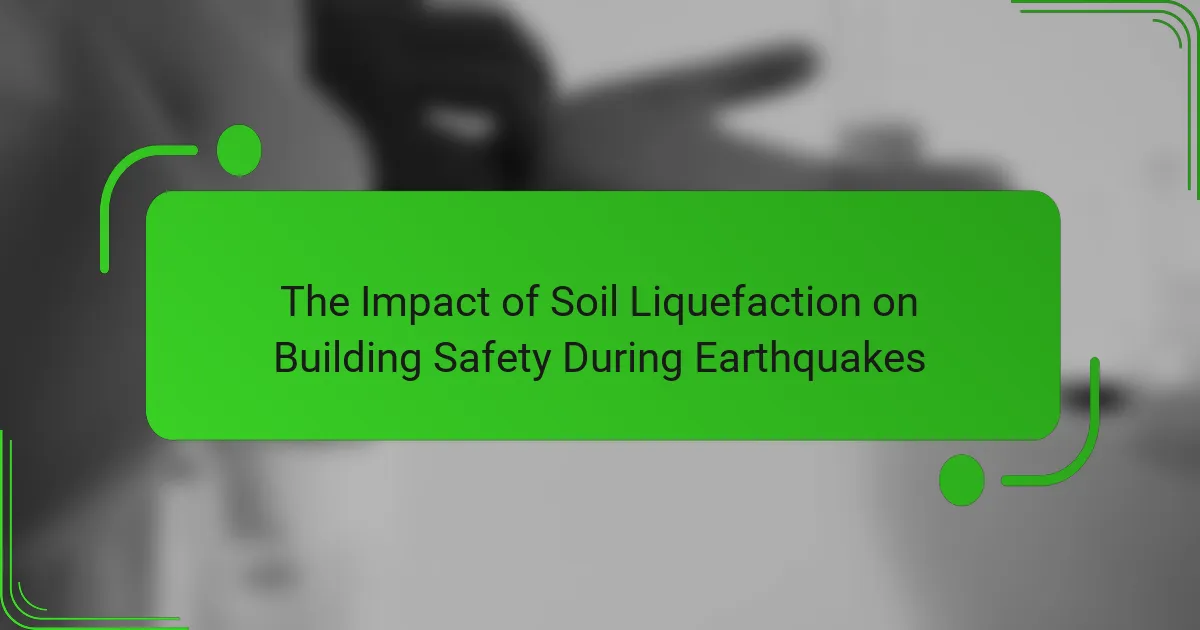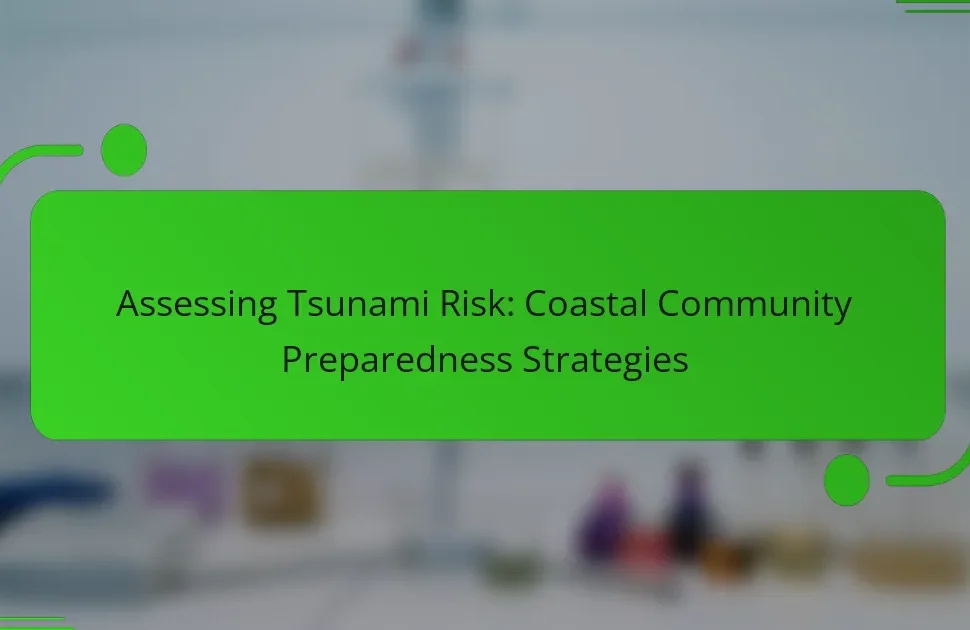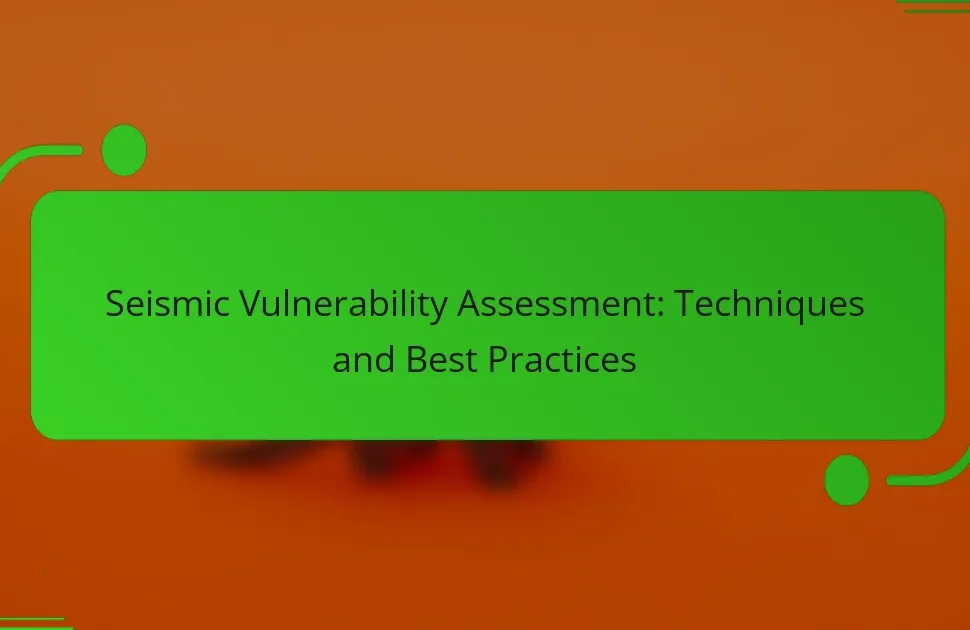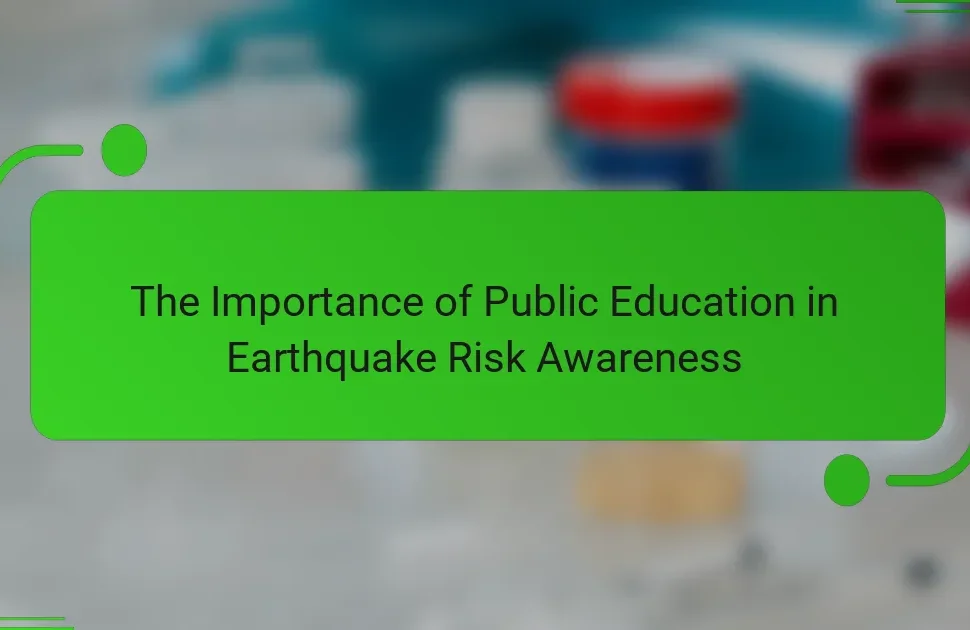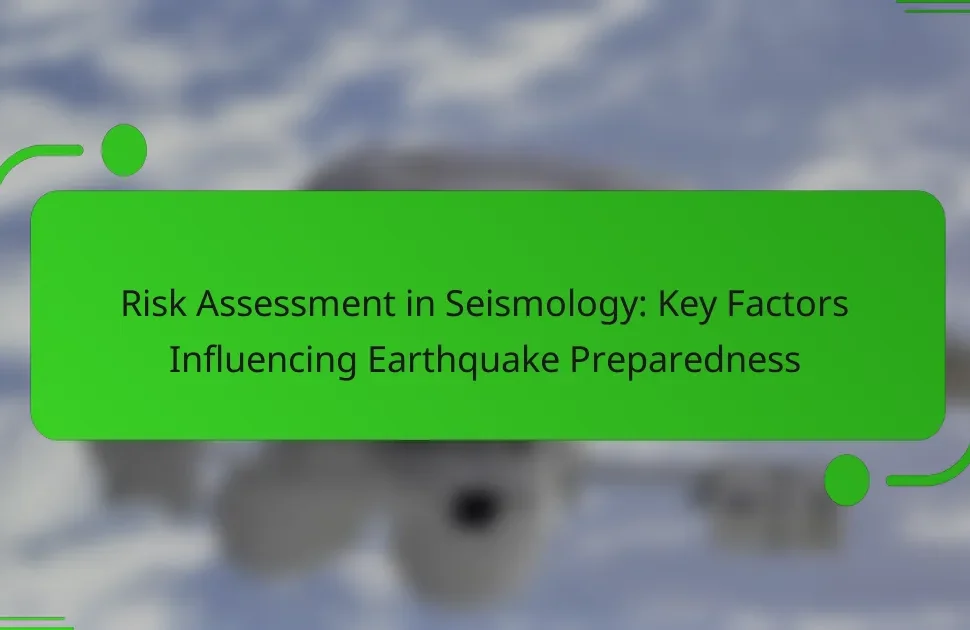Soil liquefaction is a critical phenomenon that occurs when saturated soil loses its strength and stiffness during an earthquake, resulting in dangerous ground instability. This process can lead to severe structural damage, as buildings may tilt, sink, or collapse when the soil beneath them behaves like a liquid. Historical earthquakes, such as those in Niigata and Alaska, have highlighted the destructive impacts of liquefaction on infrastructure. Effective engineering practices, including ground improvement techniques, proper site selection, and the use of deep foundations, are essential to mitigate the risks associated with soil liquefaction and enhance building safety in earthquake-prone areas.
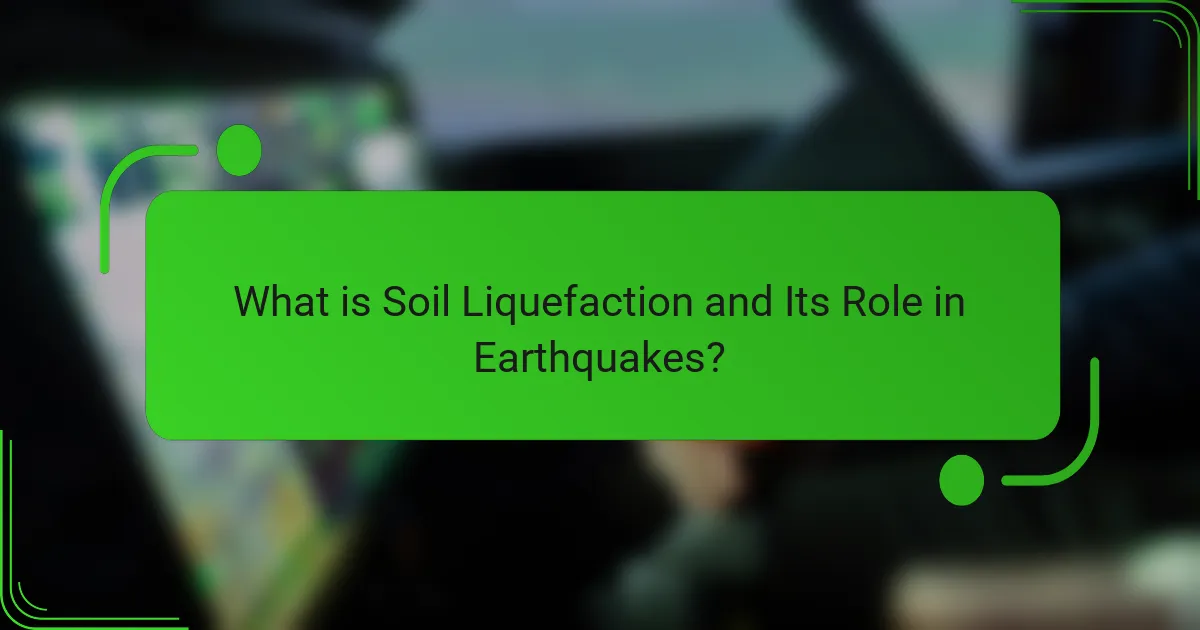
What is Soil Liquefaction and Its Role in Earthquakes?
Soil liquefaction is a phenomenon where saturated soil substantially loses strength and stiffness during an earthquake. This occurs when the seismic shaking causes pore water pressure to increase, leading to a temporary loss of support for the soil particles. As a result, the soil behaves more like a liquid than a solid. This can lead to severe ground instability and structural damage. Historical events, such as the 1964 Niigata earthquake in Japan, demonstrated the destructive effects of liquefaction. Buildings and infrastructure can sink or tilt when the ground loses its bearing capacity. Liquefaction poses significant risks to building safety during seismic events. Understanding this process is crucial for effective engineering and construction practices in earthquake-prone areas.
How does soil liquefaction occur during seismic activity?
Soil liquefaction occurs when saturated soil loses its strength due to seismic activity. During an earthquake, ground shaking increases pore water pressure in the soil. This pressure reduces the effective stress that holds soil particles together. As a result, the soil behaves like a liquid. This phenomenon can cause buildings and structures to sink or tilt. Research shows that liquefaction is more likely in loose, saturated sands. Historical events, such as the 1964 Niigata earthquake, demonstrate significant liquefaction effects.
What are the geological conditions that lead to soil liquefaction?
Soil liquefaction occurs when saturated soil loses strength due to applied stress. This phenomenon typically happens during seismic events. Loose, saturated, granular soils are particularly susceptible. Soil structure must be saturated with water for liquefaction to occur. High pore water pressure develops under seismic shaking. This pressure reduces effective stress in the soil. Consequently, the soil behaves like a liquid. Areas with shallow groundwater levels are at higher risk. Historical events, such as the 1964 Niigata earthquake, demonstrate these conditions leading to significant liquefaction.
How does the water content in soil influence liquefaction?
Water content in soil significantly influences liquefaction. Higher water content reduces soil’s effective stress. This leads to a decrease in the soil’s strength. When saturated, soil can lose its structure during seismic activity. The phenomenon occurs when pore water pressure increases. This pressure can cause the soil to behave like a liquid. Research indicates that loose, saturated sands are particularly susceptible. For example, during the 1964 Niigata earthquake, extensive liquefaction occurred in saturated sandy soils. Thus, water content is a critical factor in assessing liquefaction risk.
Why is understanding soil liquefaction important for building safety?
Understanding soil liquefaction is crucial for building safety because it affects the stability of structures during seismic events. Soil liquefaction occurs when saturated soil loses strength and stiffness due to applied stress, such as during an earthquake. This phenomenon can lead to significant ground movement, causing buildings to tilt, sink, or collapse. Historical data shows that in the 1964 Alaska earthquake, liquefaction caused extensive damage to infrastructure, highlighting its impact. Engineers must assess soil conditions to design structures that can withstand potential liquefaction. Proper understanding allows for the implementation of mitigation strategies, ensuring the safety and longevity of buildings in earthquake-prone areas.
What are the potential risks to structures from soil liquefaction?
Soil liquefaction poses significant risks to structures during earthquakes. It causes soil to lose its strength and behave like a liquid. This can lead to ground settlement, resulting in structural tilting or sinking. Buildings may experience foundation failure when the supporting soil loses stability. Additionally, liquefaction can cause lateral spreading, where the ground shifts horizontally. This movement can damage nearby infrastructure and utilities. Historical events, such as the 1964 Alaska earthquake, illustrate these risks. Structures built on susceptible soils faced severe damage due to liquefaction effects.
How can soil liquefaction impact the integrity of foundations?
Soil liquefaction can significantly compromise the integrity of foundations. During an earthquake, saturated soil can lose its strength and behave like a liquid. This phenomenon can lead to uneven settling or tilting of structures. Foundations may experience increased lateral pressures, causing structural damage. Case studies, such as the 1964 Niigata earthquake, illustrate severe foundation failures due to liquefaction. In this event, many buildings collapsed or were severely damaged because of unstable ground conditions. Thus, understanding soil liquefaction is crucial for foundation design in earthquake-prone areas.

How Does Soil Liquefaction Affect Building Safety?
Soil liquefaction significantly compromises building safety during earthquakes. It occurs when saturated soil loses strength and stiffness due to seismic shaking. This phenomenon can lead to ground failure, causing buildings to tilt, sink, or collapse. Structures built on liquefiable soil are at higher risk of severe damage. According to the U.S. Geological Survey, liquefaction has resulted in extensive damage during past earthquakes. For instance, the 1964 Alaska earthquake demonstrated widespread liquefaction effects on infrastructure. Engineers assess soil conditions to mitigate these risks in construction. Proper foundation design can reduce the impact of liquefaction on buildings.
What are the immediate effects of soil liquefaction on buildings?
Soil liquefaction can cause significant immediate effects on buildings. It often leads to loss of foundation support. Buildings may tilt or settle unevenly due to this loss. Structural integrity is compromised, increasing the risk of collapse. Liquefaction can also cause lateral spreading, pushing buildings sideways. Additionally, underground utilities may be damaged, disrupting services. These effects can occur rapidly during seismic events. Historical events, such as the 1964 Alaska earthquake, illustrate these impacts on structures.
How does liquefaction lead to structural failure?
Liquefaction leads to structural failure by causing soil to behave like a liquid during seismic events. When an earthquake occurs, the shaking increases pore water pressure in saturated soils. This pressure reduces the soil’s effective stress, weakening its load-bearing capacity. As a result, the ground can lose its strength, leading to sinking or tilting of structures. Studies, such as those from the 1964 Alaska earthquake, demonstrate that buildings on liquefied ground experienced significant damage. The phenomenon can also cause lateral spreading, where the ground moves horizontally, further compromising structural integrity.
What types of buildings are most vulnerable to liquefaction?
Buildings with shallow foundations are most vulnerable to liquefaction. These structures include residential homes, low-rise commercial buildings, and older infrastructures. Such buildings often lack deep anchoring systems. They are typically constructed on saturated, loose, or unconsolidated soils. During an earthquake, these conditions can lead to soil liquefaction. Liquefaction causes the ground to behave like a liquid. This results in foundation instability and potential structural failure. Historical events, like the 1964 Alaska earthquake, illustrate the damage to such buildings. Buildings not designed for seismic activity are also at higher risk.
What long-term implications does soil liquefaction have for urban planning?
Soil liquefaction can lead to significant long-term implications for urban planning. It can cause ground instability, which affects the structural integrity of buildings. Urban planners must assess liquefaction risk in vulnerable areas. This assessment influences zoning laws and land use decisions. Infrastructure may require retrofitting to withstand potential liquefaction events. Additionally, soil liquefaction can increase the costs of construction and insurance. Historical data from past earthquakes shows that cities with liquefaction-prone soils face greater post-disaster recovery challenges. Urban planning must incorporate these factors to enhance resilience against future seismic events.
How can cities mitigate the risks associated with soil liquefaction?
Cities can mitigate the risks associated with soil liquefaction through various engineering and planning strategies. One effective method is to improve soil stability by using ground improvement techniques. Techniques such as soil compaction, grouting, and the installation of stone columns can enhance the soil’s load-bearing capacity.
Another approach involves proper site selection and zoning regulations. Avoiding construction on liquefaction-prone areas reduces risk significantly. Implementing strict building codes that require structures to withstand liquefaction effects is also crucial. These codes can dictate foundation designs that are resilient to ground movement.
Regular geological assessments and monitoring of soil conditions can inform cities about potential liquefaction hazards. This proactive measure allows for timely interventions and planning. Additionally, public education on the risks and safety measures can enhance community preparedness during seismic events.
Research has shown that cities incorporating these strategies can significantly reduce the impact of liquefaction on building safety during earthquakes. For instance, the United States Geological Survey (USGS) emphasizes the importance of these methods in mitigating earthquake risks.
What building codes and regulations address soil liquefaction hazards?
Building codes and regulations addressing soil liquefaction hazards include the International Building Code (IBC) and local amendments. The IBC provides guidelines for assessing soil conditions and required foundation designs. Local jurisdictions often adopt additional regulations based on regional seismic risk. For example, California’s Building Code includes specific provisions for liquefaction assessment. These codes mandate site-specific investigations to evaluate liquefaction potential. They also require engineering solutions to mitigate risks, such as deep foundations or soil stabilization techniques. Compliance ensures that buildings can withstand seismic forces without significant damage from liquefaction.
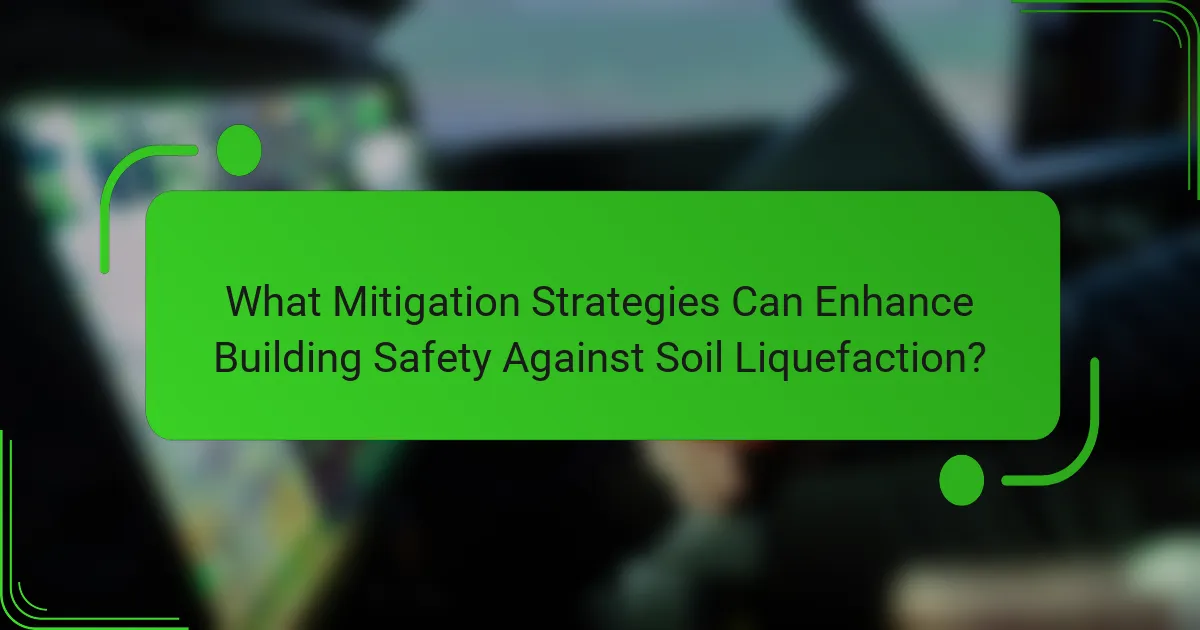
What Mitigation Strategies Can Enhance Building Safety Against Soil Liquefaction?
Mitigation strategies that can enhance building safety against soil liquefaction include ground improvement techniques, proper site selection, and the use of deep foundations. Ground improvement techniques, such as soil compaction and grouting, increase soil density and strength. Proper site selection involves avoiding construction on known liquefaction-prone areas. Deep foundations, like piles, transfer loads to deeper, more stable soil layers. These strategies have been shown to reduce the risk of structural failure during earthquakes. For instance, the 2011 Christchurch earthquake demonstrated the effectiveness of ground improvement in reducing liquefaction effects on buildings.
What engineering solutions are available to prevent liquefaction damage?
Engineering solutions to prevent liquefaction damage include ground improvement techniques, drainage systems, and structural reinforcement. Ground improvement techniques, such as soil compaction and grouting, enhance soil stability. These methods increase the density of loose, saturated soils, reducing the risk of liquefaction during seismic events. Drainage systems, like vertical drains, allow excess pore water pressure to dissipate. This reduces the likelihood of soil liquefaction by maintaining effective stress in the soil. Structural reinforcement, including the use of deep foundations and base isolation systems, helps buildings withstand seismic forces. These solutions are supported by research showing that proper implementation significantly mitigates liquefaction risks and enhances building safety during earthquakes.
How effective are ground improvement techniques in reducing liquefaction risk?
Ground improvement techniques are highly effective in reducing liquefaction risk. These methods enhance soil strength and stability during seismic events. Techniques such as compaction, grouting, and soil replacement can significantly increase the soil’s resistance to liquefaction. For instance, dynamic compaction can improve the density of loose, saturated soils. Studies show that grouting can reduce pore water pressure, thereby mitigating liquefaction potential. Research indicates that proper application of these techniques can lower liquefaction susceptibility by up to 90%. The effectiveness depends on site-specific conditions and the methods employed.
What role does proper drainage play in mitigating liquefaction effects?
Proper drainage significantly reduces the risk of liquefaction during earthquakes. It allows excess pore water pressure to dissipate, maintaining soil stability. When water is drained effectively, the soil’s effective stress increases. This stability is crucial for preventing the soil from behaving like a liquid. Research indicates that areas with adequate drainage experience less severe liquefaction effects. For example, the 2011 Christchurch earthquake demonstrated that well-drained sites had lower liquefaction-related damage compared to poorly drained areas. Thus, implementing proper drainage systems is essential for enhancing building safety during seismic events.
What best practices should builders and engineers follow regarding soil liquefaction?
Builders and engineers should conduct thorough site assessments to identify liquefaction potential. This includes evaluating soil composition and groundwater levels. Employing geotechnical investigations is crucial for understanding soil behavior. Utilizing advanced modeling techniques can predict liquefaction effects during seismic events. Implementing proper foundation designs mitigates risks associated with liquefaction. Techniques such as deep foundations or soil stabilization can enhance structural integrity. Regular monitoring of soil conditions is necessary, especially in seismic-prone areas. Adhering to local building codes ensures compliance with safety standards related to liquefaction.
How can site assessments help in identifying liquefaction risks?
Site assessments can identify liquefaction risks by evaluating soil conditions and groundwater levels. These assessments involve geotechnical investigations, including soil sampling and testing. They measure the soil’s particle size, density, and moisture content. High groundwater levels can increase liquefaction potential during seismic events. Historical data on past earthquakes in the area also informs risk evaluations. For instance, areas with sandy soils and low cohesion are more susceptible to liquefaction. By analyzing these factors, site assessments provide crucial information for construction safety.
What are the key considerations for designing earthquake-resistant structures?
Key considerations for designing earthquake-resistant structures include structural integrity, flexibility, and foundation design. Structural integrity ensures that materials can withstand seismic forces. Flexibility allows buildings to absorb and dissipate energy during an earthquake. Foundation design is critical, especially in areas prone to soil liquefaction. Proper anchoring and deep foundations can mitigate risks associated with unstable soil. Additionally, the use of seismic isolators can enhance a structure’s ability to move independently from ground motion. Building codes and standards must be adhered to for safety and effectiveness. Historical data shows that structures designed with these considerations can significantly reduce earthquake damage.
What resources are available for further understanding soil liquefaction and building safety?
Resources for understanding soil liquefaction and building safety include academic journals, government reports, and textbooks. The Journal of Geotechnical and Geoenvironmental Engineering publishes research on soil behavior during earthquakes. The Federal Emergency Management Agency (FEMA) provides guidelines on building safety in seismic zones. Textbooks like “Soil Liquefaction: A Critical State Approach” offer comprehensive insights. The United States Geological Survey (USGS) also offers resources on earthquake hazards and soil liquefaction. These sources provide valuable data and methodologies for assessing risks and improving building safety.
Soil liquefaction is a critical phenomenon impacting building safety during earthquakes, where saturated soil loses strength and behaves like a liquid due to seismic shaking. This article examines the mechanisms behind soil liquefaction, its geological conditions, and the influence of water content on soil stability. It highlights the risks to structures, particularly those with shallow foundations, and discusses mitigation strategies, including ground improvement techniques and proper drainage systems. Additionally, the article outlines best practices for builders and engineers to enhance earthquake resistance and the importance of adhering to building codes that address liquefaction hazards.
